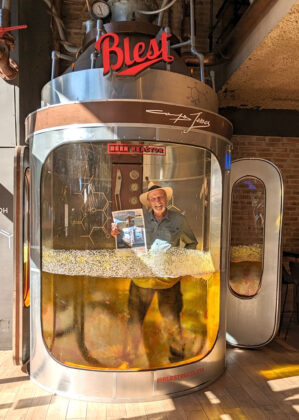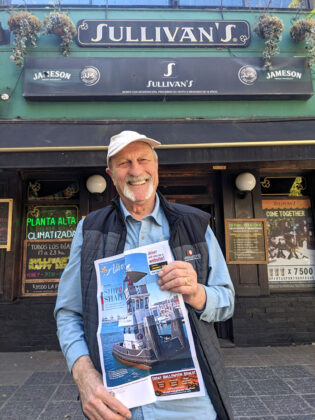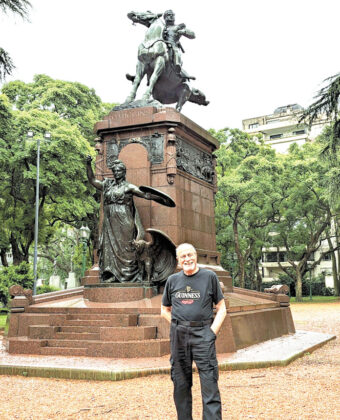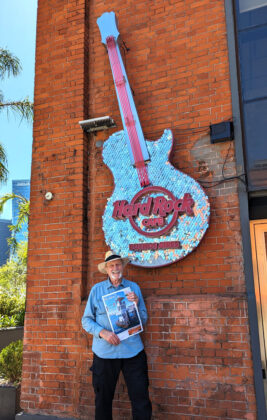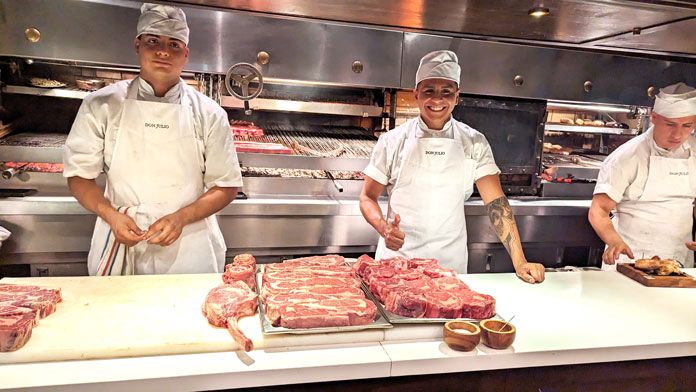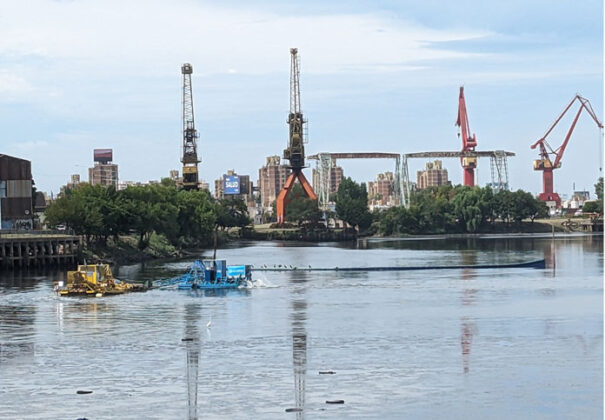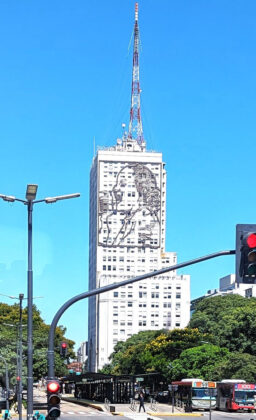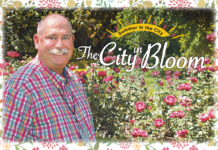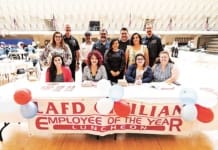 Send in your ALIVE! AROUND THE WORLD
Send in your ALIVE! AROUND THE WORLD
Take Alive! with you wherever you go! Bring your recent copy of Alive! with you when you travel and snap a high resolution photo of you holding Alive!
Send in your pictures and descriptive text using the online form, and we’ll publish it.
SUBMIT YOUR ALIVE! AROUND THE WORLD
![]()
Oslo
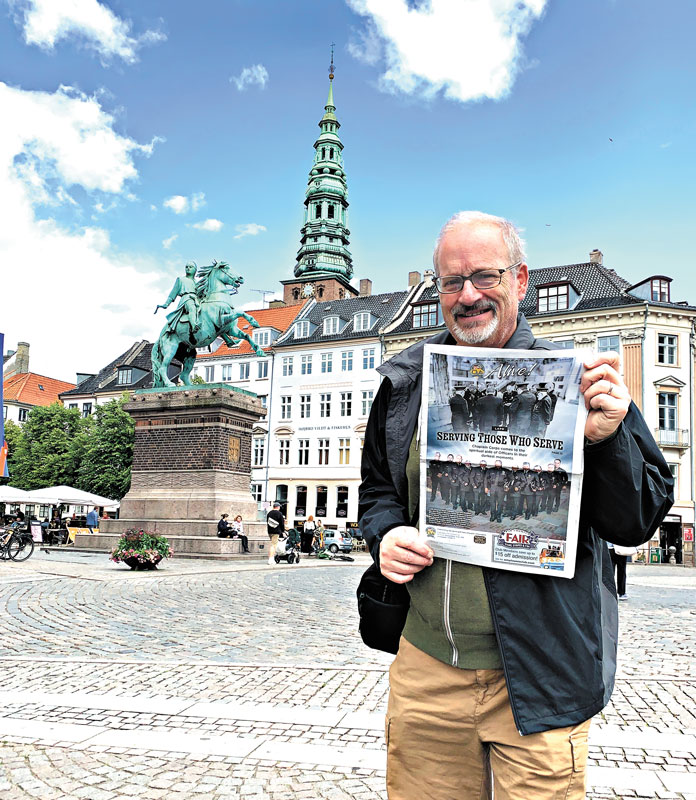
Alive! editor John Burnes stands on Højbro Pladson among the big walking streets in Old Town Copenhagen. Behind him are the statue of the warrior Bishop of Absalon, the founder of modern Copenhagen, and the spire of St. Nicholas Church, now a contemporary arts center. John used the Club’s discount to save on long-term parking at LAX. Take advantage!)
Letter From Argentina, Pt. 2
Grass-Fed Beef and Intense Malbec.
Flying to Argentina via Chile enabled us to take a local flight to Buenos Aires’s smaller city airport, closer to our Airbnb base in Palermo, and to explore the city. Like most visitors to Buenos Aires, we immediately fell in love with the town and wanted to stay forever. Its friendly people, great food and unbelievable Malbec wines, all at a third of the cost of Los Angeles, made it like a dream come true.
In Buenos Aires, “buenos aires” is Spanish for “fair winds” or “good airs.” You’ll find time-warp cafes and no-frills parrillas (steakhouses), most of which serve the same dishes: steak of varying cuts, potato fries, slightly overcooked pasta, juicy empanadas, and simple salads.
Avoid the guidebook or cruise ship recommendations of Don This or Don That restaurants, as they are overpriced and full of loud tourists. Some offer a free drink for standing in line without a reservation, but they hope to fill a rare no-show reservation, so it’s to keep you waiting.
To enjoy the actual city, leave the new hotel district with its high-end shops, restaurants and bars, like the speakeasy Floreria Atlántico, whose entrance is hidden in a flower shop refrigerator door and seems to attract only the young and beautiful people. Even though Uber is not supposed to exist, it’s a thriving business in Buenos Aires, fast and usable with your home account; the average fare anywhere in the city is between $3 and $6. Head for the Palermo neighborhood, with its abundance of casual restaurants, including many parrillas that don’t take reservations, like Carneros, which is reasonably priced, serves generous portions, and has a good wine list and friendly servers, so start with a cocktail and work your way into dinner.
Palermo is where most of the city’s nightlife is concentrated, from drinking Cynar juleps on the rooftop at the eclectically stylish Rey de Copas to passing through a local bookstore to its backroom bar and the small club in the rear that was playing Latin American jazz on the night we visited.
Weekend markets are held in Plaza Serrano and nearby Plaza Francia. In Recoleta, you can find artwork and hand-stitched leather bags. Most tourists usually eat before nine, while locals live to party, eating from 9 p.m. until after midnight. You’ll spot local older diners sharing a bottle or two of Malbec while watching young children play. As for clubs, they wind down only in the predawn hours. The secret is to sneak an afternoon nap.
Locals rise late (most shops open at 10 a.m., and museums rarely stir before midday). Skip your hotel breakfast and enjoy some medialunas (Argentine croissants) sitting outside a sidewalk café sipping a coffee before taking off to explore the city.
Take a hop-on-hop-off bus on your first day to get oriented. The tour takes three hours, so if you intend to visit any sites, start early and make a day of it. From the pink-walled Casa Rosada (allegedly painted with cow’s blood), where the President of Argentina lives, the renowned white-walled Recoleta Cemetery, with its elaborate tombs and Sunday artists market, to the gallic neighborhood of Retiro, where with its tree-lined streets, early 1900s palaces, and mansions on a fall afternoon – it is like a quiet Paris neighborhood. Finally, it ends with the English Tower, now called the Torre Monumental, from whose top is a view of the Río de la Plata.
For those who have more time, we recommend a free walking tour of the city center. The tour starts at the Teatro Colon and weaves down grand avenues, passing the Pope’s huge million-dollar palace—never used but empty, just in case he wants to visit! It also passes the Israeli embassy that was destroyed by a bomb and the memorial to the Falkland Islands skirmish guarded by two uniformed sailors.
Argentina is one of the most carnivorous countries in the world, so if you’re not a meat eater, drink lots of Malbec with your salad.
Cheers!
The Captain



